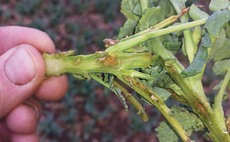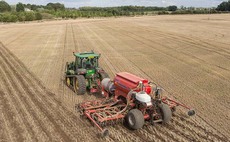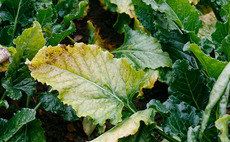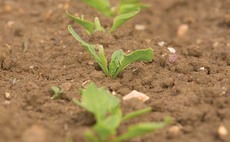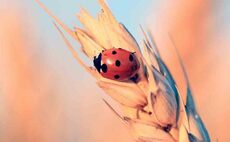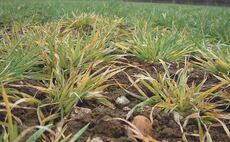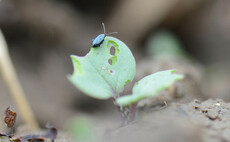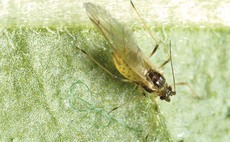Neonicotinoids
Arable
Today the independent Rothamsted virus yellows model triggered the need to use the neonicotinoid seed coating on sugar beet for this season.
Arable
Oilseed rape crops have been set back in some areas with leaf loss and bleaching induced by heavy frosts, combined with both cabbage stem flea beetle and rape stem weevil larvae damage.
Arable
Farmers who want to adopt more sustainable and environmentally friendly farming methods could face lower short-term margins, but the long-term benefits could outweigh the losses, according to the results of a trial in Scotland.
Arable
With beet moth damage also causing yellowing in sugar beet crops, British Beet Research Organisation (BBRO) lead scientist warns the disease threat of virus yellows remains.
Arable
Sugar beet growers could have access to the neonicotinoid seed treatment Cruiser SB (thiamethoxam) to protect the 2023 crop from virus yellows disease.
Arable
Many growers are already looking to combat insecticide use on-farm, but other agricultural inputs could also be having an impact on beneficial insect populations.
Arable
One of the key disadvantages in the use of pyrethroid insecticides is their assumed effect on beneficial insect populations, but there are actions farmers still using insecticides can take to protect beneficials.
Arable
An unseasonably early harvest and record-breaking temperatures have increased the risk of yield loss from barley yellow dwarf virus (BYDV).
Arable
Dry soils inhibiting early drilling and restricting fast emergence have left OSR vulnerable to cabbage stem flea beetle (CSFB).
Arable
The Rothamsted Insect Survey has recorded the first peach–potato aphid (Myzus persicae) catches of 2022.
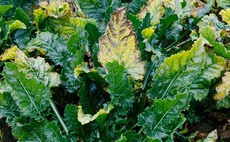
 01 March 2023
•
3 min read
01 March 2023
•
3 min read
